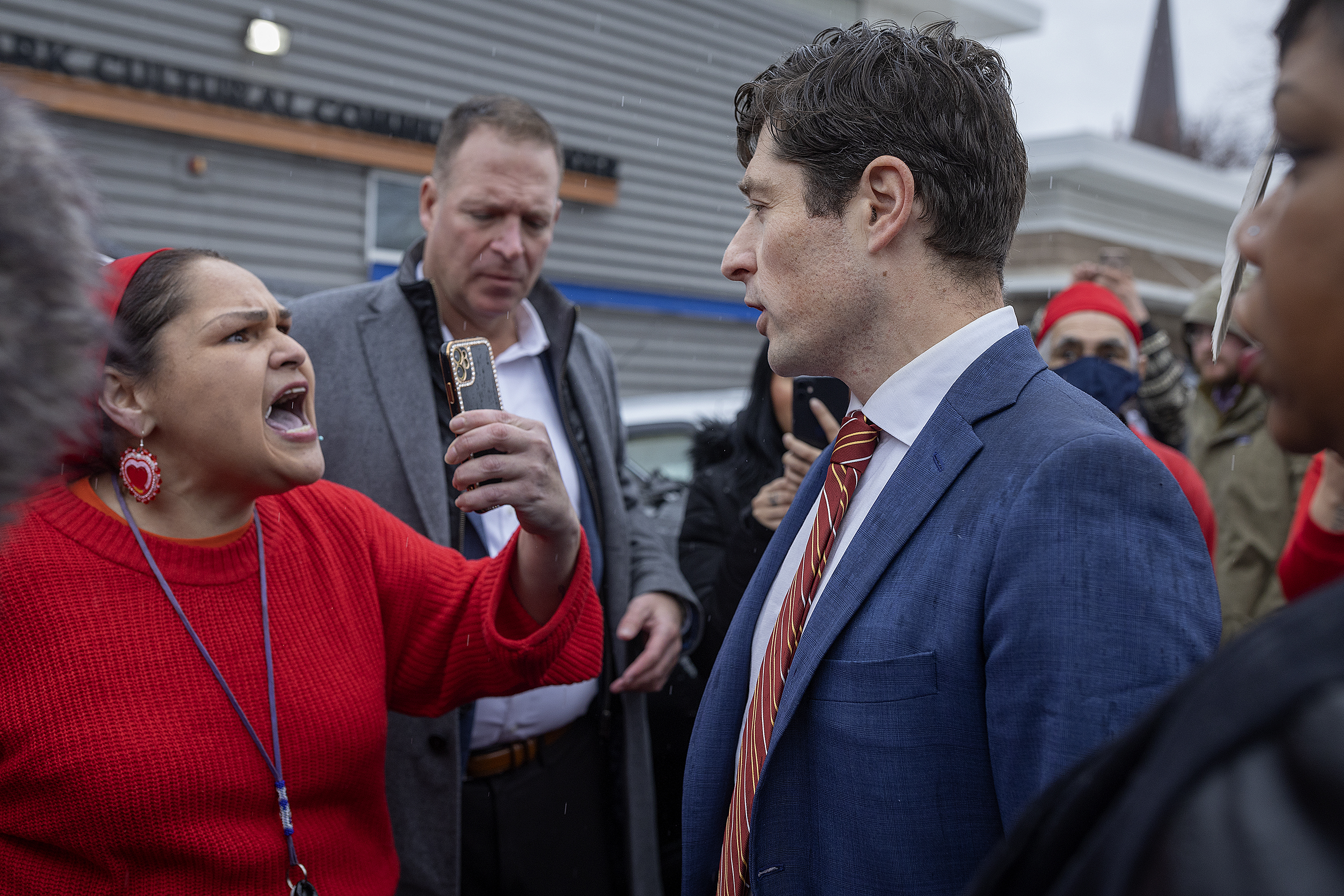Star Tribune
Minneapolis officials move to give owners of vacant buildings a deadline for restoring them, or fines will pile up

Some vacant buildings in Minneapolis sit empty and weather away for years, perhaps decades. As the time piles up, according to those who live next door to them, so can the nuisances and safety hazards.
Chimney bricks fall into neighboring yards. Rodents and birds congregate. Fires, fireworks, vandalism, drug use and overdoses ensue.
The Minneapolis City Council on Thursday is expected to pass an ordinance amendment that could more than triple the financial penalties — up to $24,000 a year — for owners of buildings that are designated as vacant or condemned, unless the owner restores it within a two- or three-year period.
Minneapolis’ collection of 311 vacant properties is small in comparison to that of other American cities, which can number in the thousands. But more than half are clustered in the city’s predominantly Black North Side, driving down nearby property values and aggravating a shortage of affordable housing.
“Our residents know that those are homes that could be used by families or individuals who are in desperate need of housing or shelter,” Council Member Robin Wonsley said at a recent committee meeting. “We know many of these properties are in Black, brown and working-class neighborhoods. This is a tool that would definitely help us reach some of our racial and economic goals as a city.”
In Minneapolis, all vacant and condemned buildings are placed on a registry. Property owners pay a flat fee of about $7,100 and the city boards them up and monitors them for trespassing and other issues.
Owners are also required to state a timeline for when the building can either return to occupancy or be demolished. But the city has never required a deadline for doing so.
The proposal, written by Wonsley and Council Member Jeremiah Ellison, would require owners to restore buildings to occupancy in two years, with a third-year option for those who have made headway but need additional time. Afterwards, fines can quickly pile up before they total $24,000 a year.
“This is just a really, really great way for us to do something tangible that will impact the daily lives of residents in our city,” Council Member Aurin Chowdhury said.
The number of vacant Minneapolis buildings is down from the 1,500 that were empty at the outset of the Great Recession in 2008, according to Bryan Starry, who manages vacant buildings for the city. But the number of properties sitting vacant today, now 311, is roughly unchanged over the past six years.
Of those properties, more than 130 have been on the list for three years or more. Some stretch as far back as 2001, and one was first condemned in 1998.
There is a range of reasons why owners let buildings sit empty, according to city officials and residents who spoke at the July 9 public hearing. Some owners may not have the funds for rehabilitation. Others may be waiting for an opportune time to make a move on their building as property values increase.
“The problem is that the current fine system provides no incentive to change anything,” Daniel Suitor, a tenant’s rights attorney, said at the hearing. “Seven or eight thousand dollars a year — if my property taxes say anything, the property’s appreciating more than that every year. Much more.”
That leaves problems for everyone else. After three years, vacant properties can reduce by about 1% the value of neighbors’ properties within 250 feet, and those within 500 feet by about 0.27%, according to a study by the Center for Urban and Regional Affairs at the University of Minnesota.
The same study found that vacant properties can increase safety issues, fracture ties among neighbors and leave communities vulnerable to gentrification.
“It’s a stress on the neighborhood,” Ellison said in an interview. “When you have these inactive houses and the neighbors feel like they don’t have any influence over the condition of those houses, it really erodes the spirit of the block, which has ripple effects.”
Star Tribune
Wagon rolls over at Wisconsin apple orchard injuring about 25 children and adults
LAFAYETTE, Wis. — About 25 children and adults were injured Wednesday when a wagon carrying them overturned at a western Wisconsin apple orchard.
The children, parents and chaperones were on a field trip to the orchard in Lafayette when one of two wagons being pulled by a tractor turned sideways and rolled over, Chippewa County Sheriff Travis Hakes told reporters. Hakes said the tractor was traveling at a low speed when the wagon rolled over while going downhill.
Three people suffered critical injuries, while injuries to five others were considered serious. Authorities didn’t say how many of the injured were children.
The elementary school-age children attend a school in Eau Claire. Lafayette is northeast of Eau Claire.
Star Tribune
U of M inaugurates new president Rebecca Cunningham with ceremony, protest

After about five minutes and several warnings that students participating in the protest would be suspended,, the protesters exited Northrop and Cunningham continued her speech. They later gathered outside on the mall afterwards to shout, “Cunningham, you will see, Palestine will be free.”
Cunningham recounted the story of Norman Borlaug, the U alumnus and agronomist whose research in wheat saved millions from starvation, and said she would prioritize keeping a college education affordable for students.
Cunningham actually took over presidential duties on July 1, replacing Interim President Jeff Ettinger. She oversees a budget of more than $4 billion to run the university’s five campuses, which enrolled more than 68,000 students and employed 27,000 people during the last academic year.
She was chosen for the job last winter over two other candidates: Laura Bloomberg, president of Cleveland State University and former dean of the U’s Humphrey School of Public Affairs, and James Holloway, provost and executive vice president for academic affairs at the University of New Mexico. She is the U’s second woman president, following Joan Gabel who held the office from 2019 to 2023.
Cunningham will be paid more than $1 million per year — about $975,000 in base pay and an additional $120,000 in retirement contributions. The compensation puts her in the top quarter of Big Ten university presidents.
Star Tribune
Minneapolis police sergeant accused of stalking and harassing co-worker

Sgt. Gordon Blackey, once a security guard to Minneapolis Mayor Jacob Frey, allegedly admitted to tracking the woman’s movements in her vehicle, according to a criminal complaint.
Read the original article




